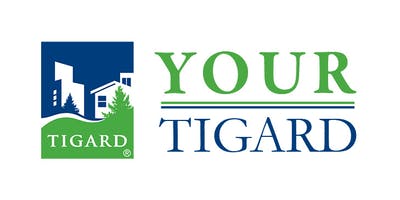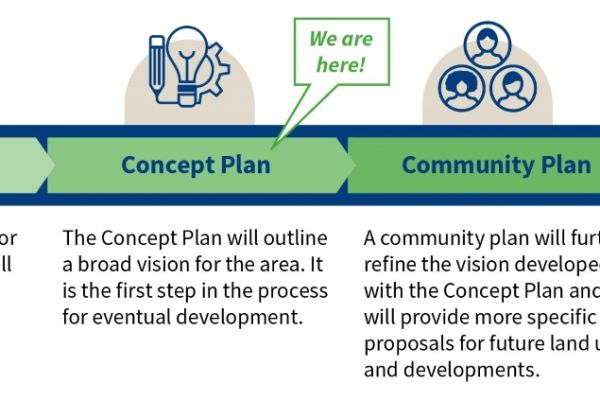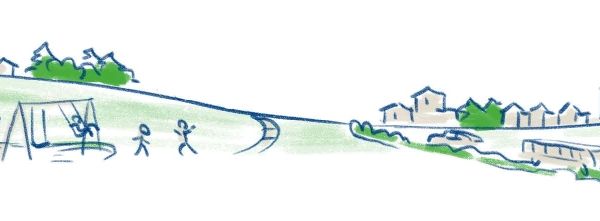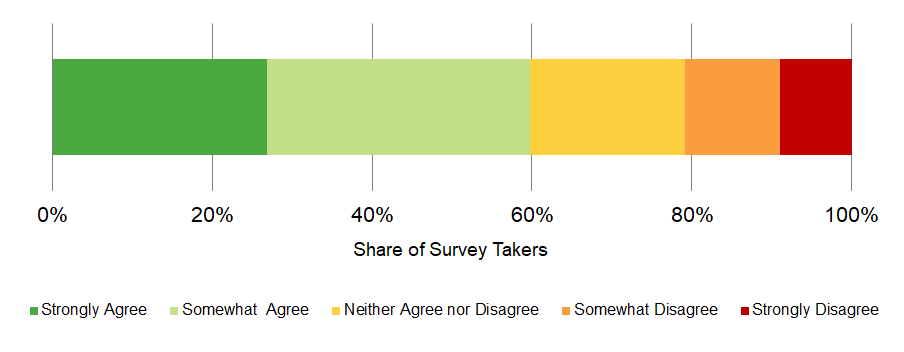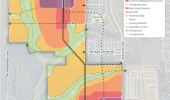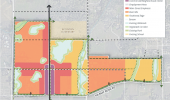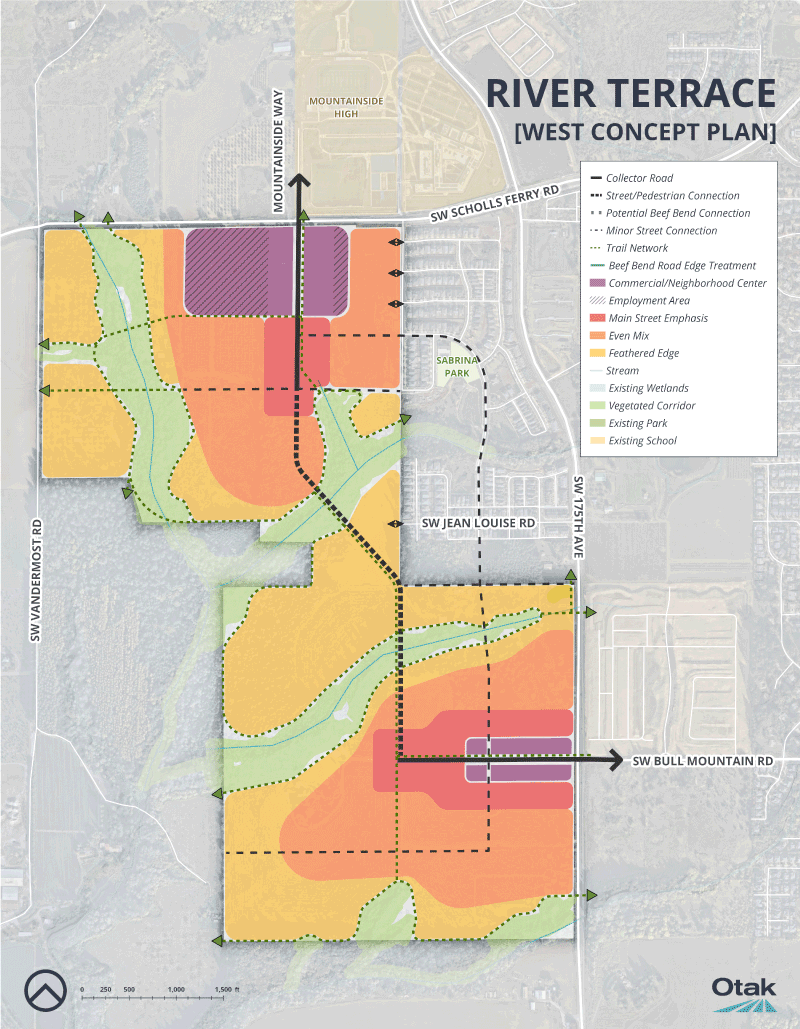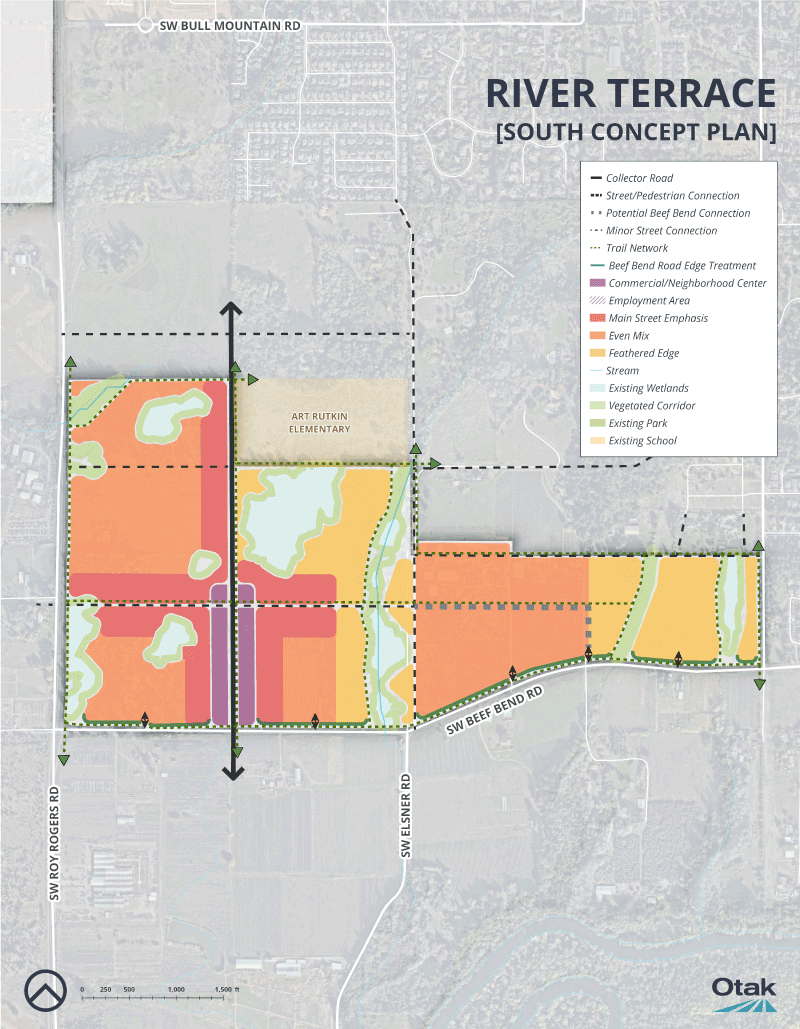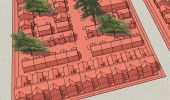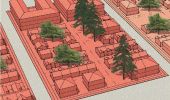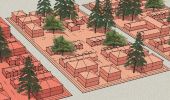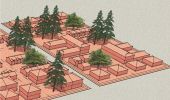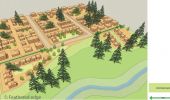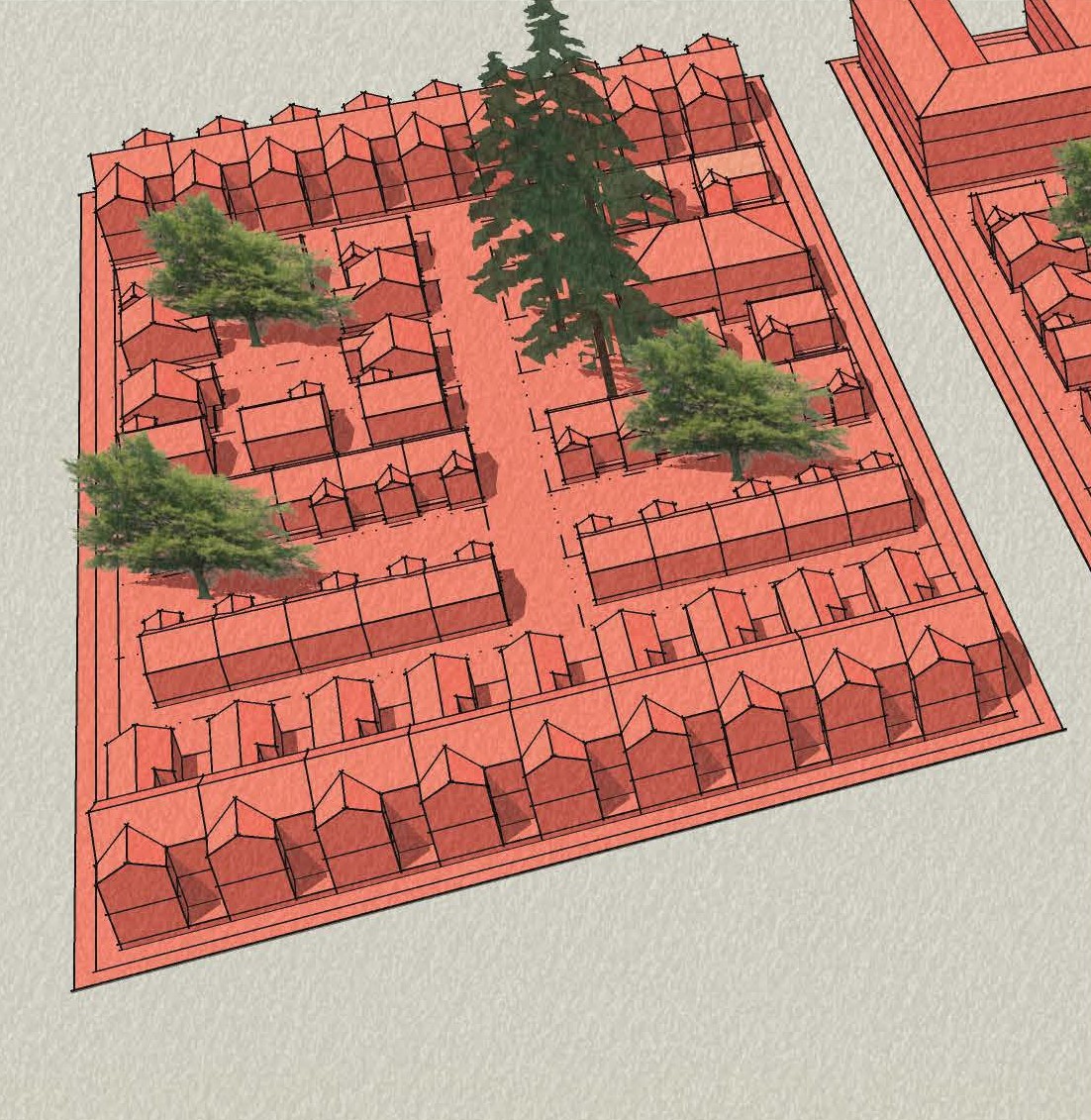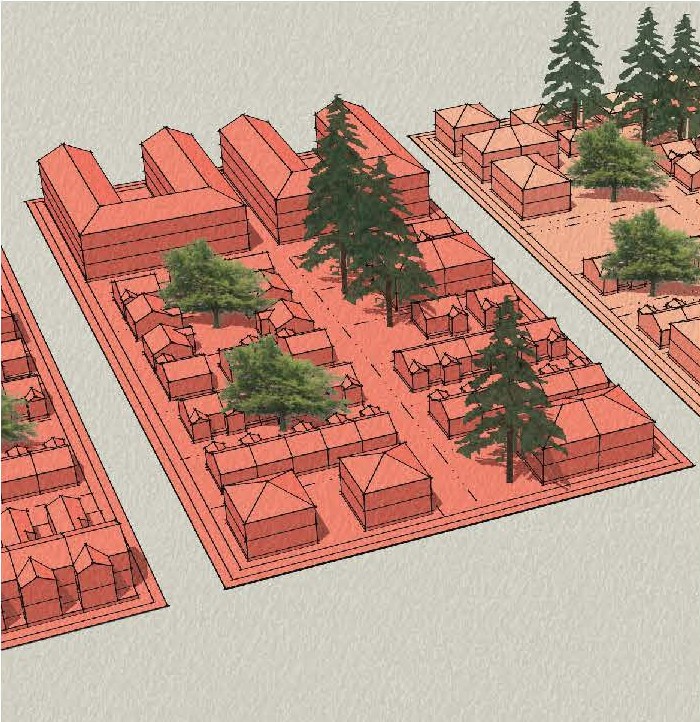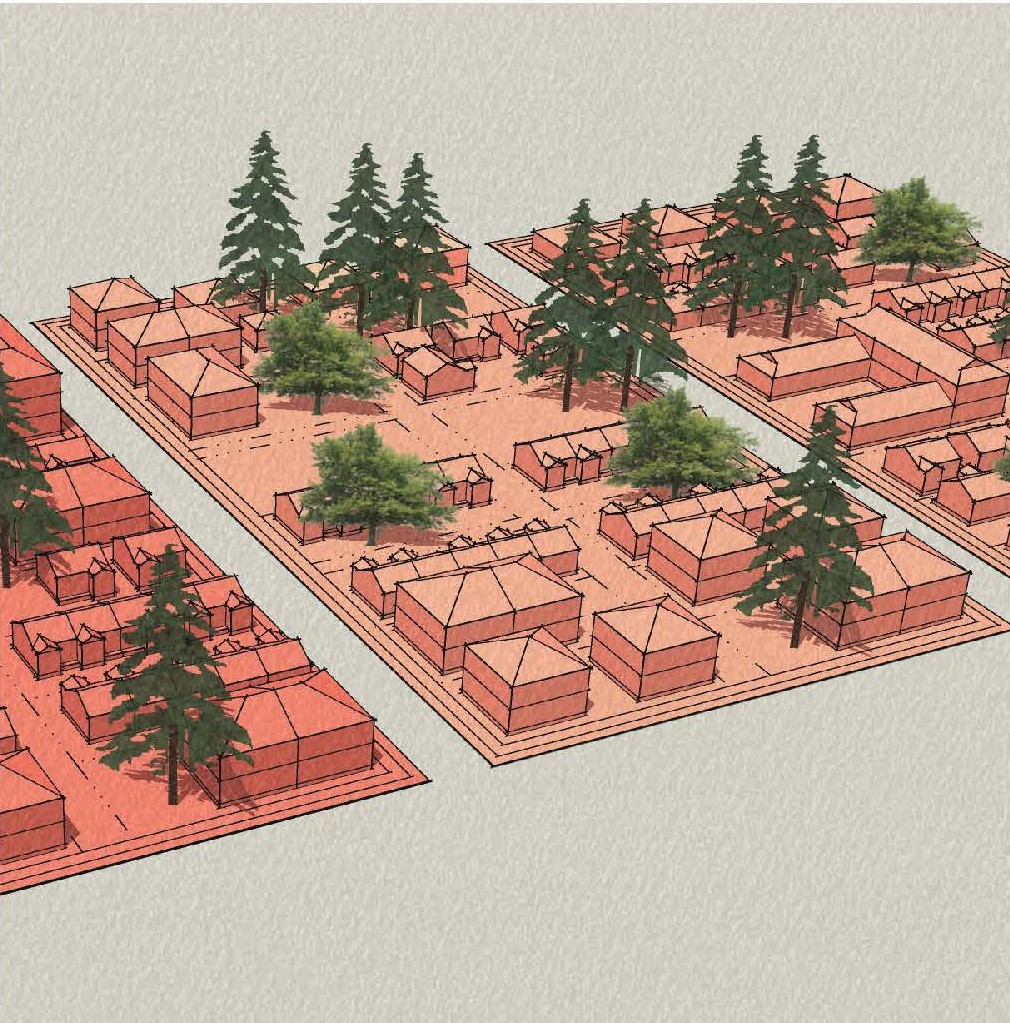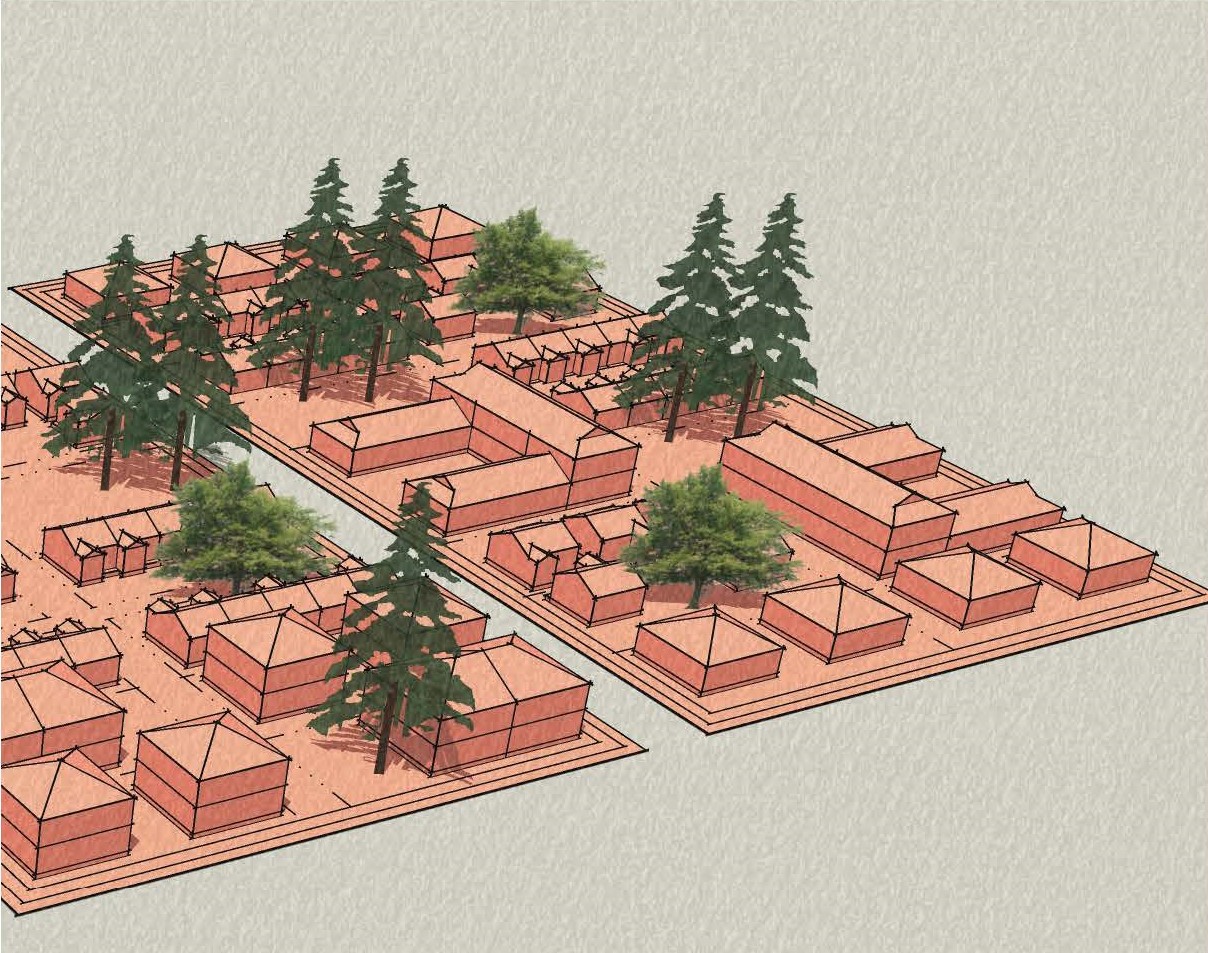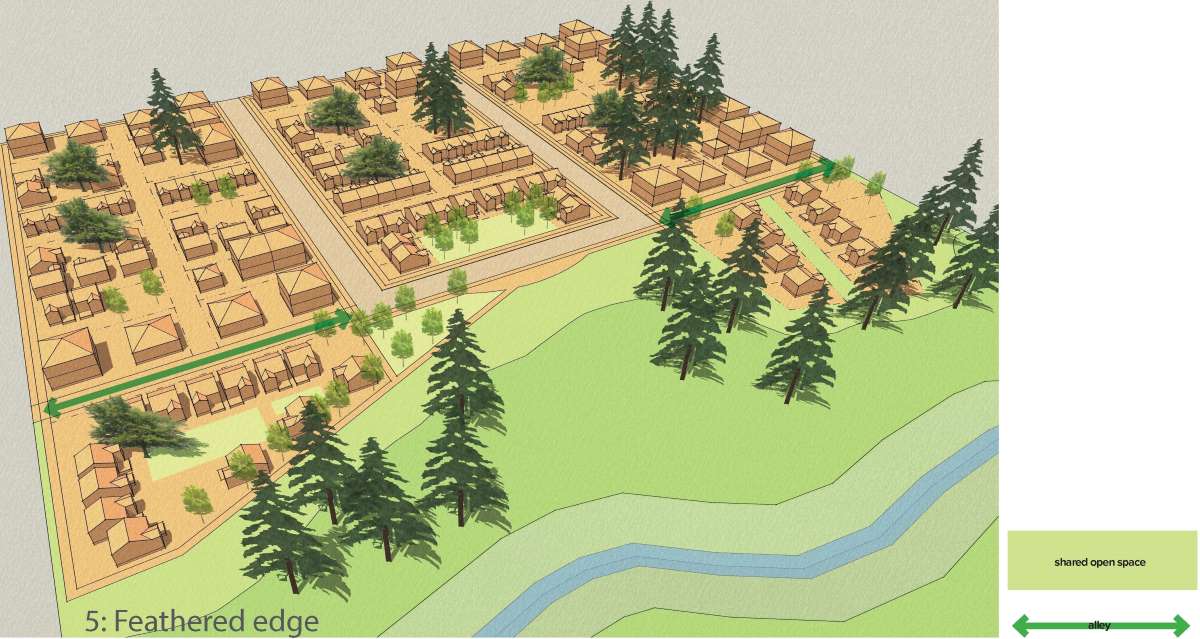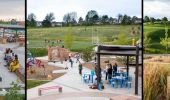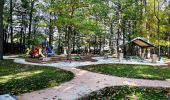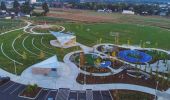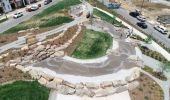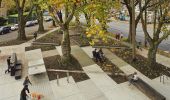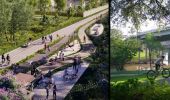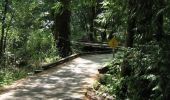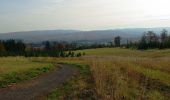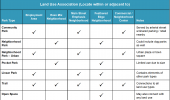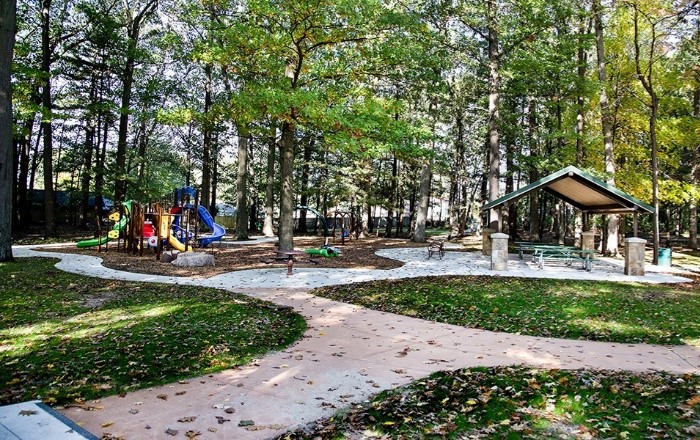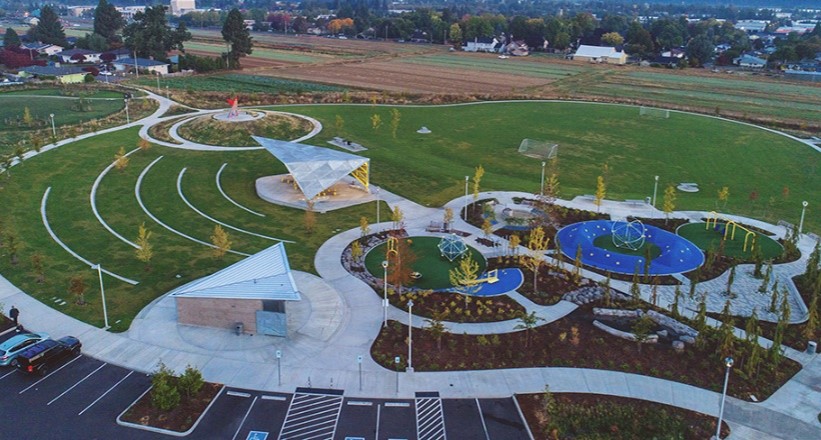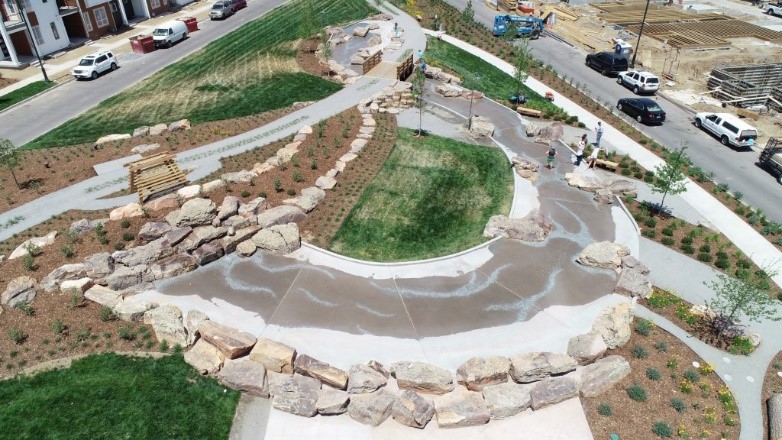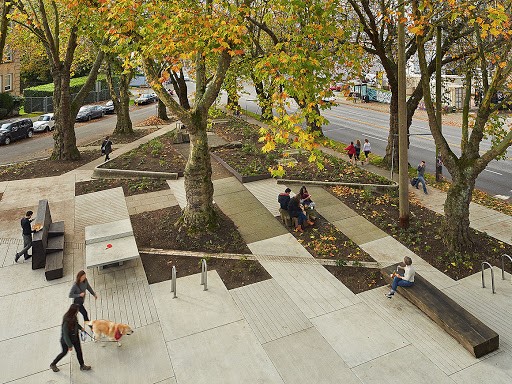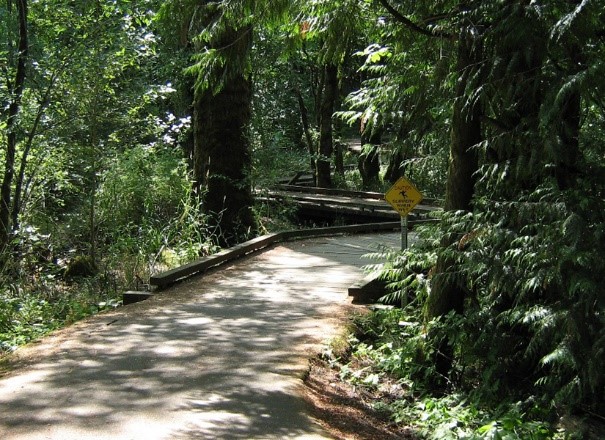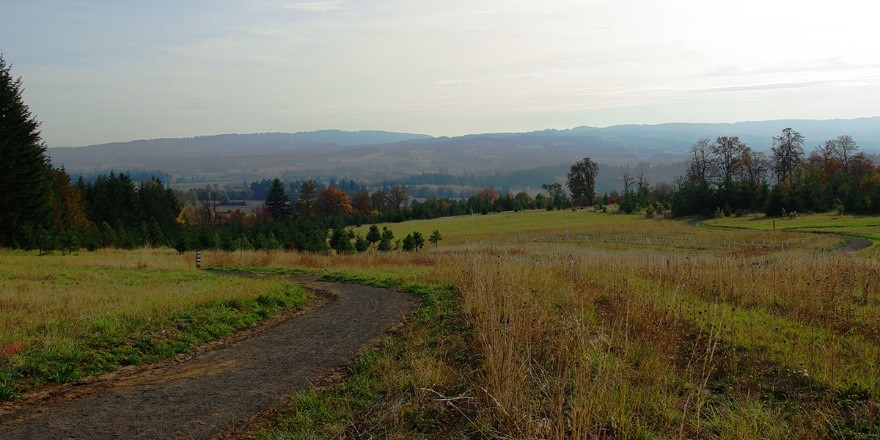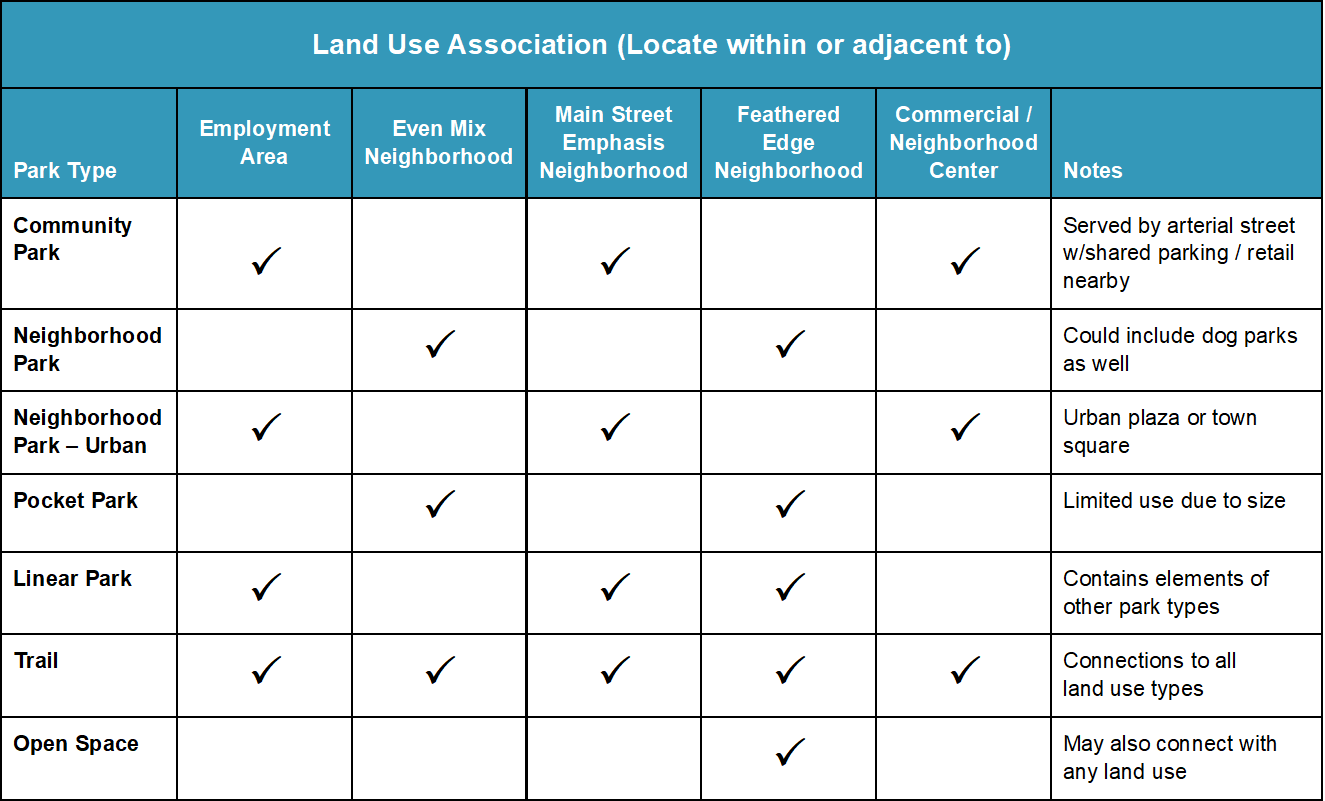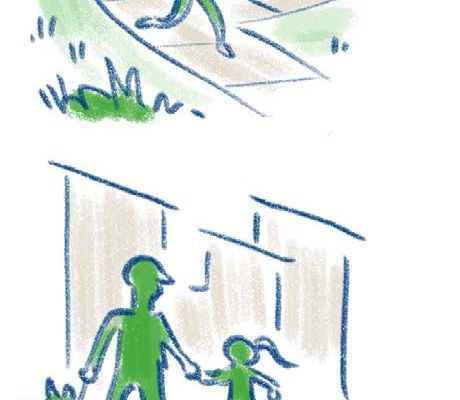Stations
This online open house should take about ten minutes. Click or tap "Get Started" above — or use the links below to skip to specific information.





= Page includes questions or opportunities for comment.
Image gallery contents:
city-of-tigard/river-terrace-2-ooh3/concept-timeline
city-of-tigard/river-terrace-2-ooh3/concept-timeline
Last year, the City of Tigard initiated concept planning for River Terrace 2.0, a new neighborhood that will include more than 500 acres to the west and south of the current River Terrace community along Roy Rogers Rd. and Beef Bend Rd.
River Terrace 2.0 will be a neighborhood for everyone—a complete community with diverse housing options that serve people at all stages of life and income levels. The concept plan is the first step in creating a vision for future development of two urban reserve areas. In addition to providing much-needed housing options for individuals and families of all sizes, ages, and incomes, the area will include new roads, parks and open spaces, and commercial and employment areas to make the neighborhood complete.
A concept plan is the first step in planning and eventually creating a new neighborhood.
It’s a framework that will guide the final community and neighborhood plan for River Terrace 2.0 that will be developed in the next few years. A concept plan considers things like:
- Transportation options such as roads, public transit, and bike lanes
- Connections to neighboring cities
- Patterns of development and land use
- Housing options
- Natural resources like streams, tree groves, and wildlife habitat
- Parks, open spaces, and trails
- Public utilities like water and sanitary sewer
- Stormwater management
Image gallery contents:
city-of-tigard/river-terrace-2-ooh3/project-vision-image
city-of-tigard/river-terrace-2-ooh3/project-vision-image
Project focus
This work is focused through two lenses that are centrally linked - equity and climate change. You can consider these lenses as a pair of glasses through which this work is conducted and viewed. Like a pair of glasses, they guide the vision of the project. As such, this project seeks to center the voices of communities of color, immigrants, and people with low incomes. These communities are among those most affected by the impacts of environmental inequities, climate change, and systemic racism. When we meet the needs of the most vulnerable communities, the health and wellbeing of all community members improves.
The vision for River Terrace 2.0
River Terrace 2.0 is a neighborhood for everyone and a complete community. It offers housing opportunities to the full diversity of Tigard’s families and households. This community is made complete by providing space for small businesses and a thriving local economy, a variety of housing options, and accessible parks and open spaces. The transportation system treats all modes equally, with walking and biking trails throughout the community, a road system that emphasizes safety and regional access, and a development pattern that supports an efficient public transit system. Public spaces and parks offer places for the community to gather. Natural areas are protected and enhanced to emphasize habitats and scenic views. Public utilities are designed to maximize cost-efficiency and long-term fiscal sustainability. The costs of necessary infrastructure are shared in an equitable manner.

Image gallery contents:
People agree that affordable housing is a key issue in Tigard
People agree that affordable housing is a key issue in Tigard
Concept B rose to the top
The last online open house introduced and sought feedback on three concept plans and asked community members to share what they thought makes a great neighborhood. The open house launched on December 28th and closed on January 24th.
Overall, people said that they want a walkable neighborhood that fosters community, provides affordable housing, has unique characteristics, and provides access to nature. Community members felt that Concept B was the best blend of the three concept plans. Concept C was a very close second. Concept A was considered to be "too suburban."
When asked about their thoughts about what makes a great neighborhood, people said that a great neighborhood...
- Includes community services that are within walking distance.
- Fosters community.
- Promotes diversity.
- Provides housing options for seniors and disabled people.
- Has good schools that are not overcrowded.
- Is quiet, safe, and has well-lit streets.
- Provides access to nature.
- Has more affordable and creative housing options.
- Provides adequate public transit.
- Is climate-resilient.
- Has protected bike lanes and/or separate bike paths.
- Has a good mixture of housing sizes.
Concept A
Concept A included three large commercial centers along major roads. Parks would be located near centers of activity. This concept was most suited to having a larger grocery store and shopping center.
Feedback from the online open house:
- Likes: Large grocery store, traffic is kept out of neighborhoods, access to public transit
- Dislikes: "Too suburban," doesn’t “feel like a neighborhood”
Concept B
Concept B included three "main street" like areas with parks and natural areas at the ends of these streets. Housing sizes and types would be similar throughout the neighborhood. This concept emphasized bicycle and walking paths throughout the neighborhood.
Feedback from the online open house:
- Likes: Visually pleasing, housing is integrated and varies, emphasis on natural areas, walkability, and bike paths, “Main Street” concept
- Dislikes: Not many things that people disliked about this concept. Although, some noted that the “Main Street” concept has been done in nearby communities.
Concept C
Concept C had the most "neighborhood" feel and included small retail and office space primarily serving neighborhood and community needs. This concept prioritized walkability within the neighborhood and included internal public transit.
Feedback from the online open house:
- Likes: Likely to foster community, emphasis on nature and walkability, “Neighborhood feel,” prioritizes local businesses
- Dislikes: May not be realistic or help with affordable housing
Affordable housing is a key issue in Tigard
Last November, the City of Tigard conducted a city-wide housing survey. Below are some highlights from the survey:
- The lack of affordable housing in Tigard is an important issue.
- Tigard needs a greater variety of housing in terms of housing types and prices.
- Single people and families have difficulty finding affordable housing.
- Some people agreed that seniors and people who work in Tigard cannot find affordable housing, while others disagreed.
60% of participants strongly agree or somewhat agree that a lack of affordable housing is an important issue in Tigard.
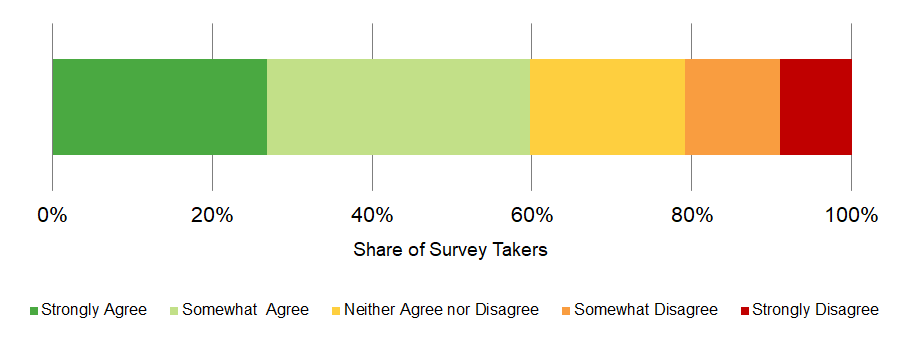
Image gallery contents:
River Terrace 2.0 - West
River Terrace 2.0 - South
The final concept for River Terrace 2.0. is based on feedback received from the previous public open house and the Community Advisory Committee, as well as technical direction from staff and the professional urban design team. This concept is primarily based on Concept B, but also includes elements of the other two alternatives that were considered desirable by the stakeholders. This concept offers opportunities for a wide variety of household types and sizes, along with places to shop, work and recreate – all within walkable, well-connected neighborhoods.
The final concept plan provides a vision for how the components of this new community can be linked together in an equitable way to provide a place that is open and accessible to everyone.
Click through the tabs to learn more about some of these aspects of River Terrace 2.0.
Image gallery contents:
Main Street Emphasis A
Main Street Emphasis B
Even Mix A
Even Mix B
Feathered Edge
River Terrace 2.0 identifies five residential neighborhood types that are intended to complement each other and respond to surrounding land uses. There are common themes among the residential neighborhood types:
- They all include a mix of housing options - single detached houses, accessory dwelling units, quads, rowhouses, cottage clusters, courtyard apartments, stacked flats, and more
- On average, the neighborhoods are planned to include about 20 dwellings units per acre
- A variety of building forms: tall and stacked, short and spread out, and combinations of both
Main Street Emphasis A
An even mix of higher-profile housing with townhomes that can be oriented toward a commercial node.
This neighborhood will include the following housing types:
- Cottage clusters (attached and detached)
- Duplexes, triplexes, and quads (stacked, detached, and combinations)
- Urban rowhouses (multiple stories with possible conversion for live-work spaces on the ground floor of the unit)
- Garden-style rowhouses (rowhouses with backyards)
- Single detached houses
Main Street Emphasis B
One side with highest-profile middle housing which can be oriented toward a commercial node; lower profile housing types balancing the remainder of the block.
This neighborhood will include the following housing types:
- Cottage clusters (attached and detached)
- Duplexes, triplexes, and quads (stacked, detached, and combinations)
- Urban rowhouses (multiple stories with possible conversion for live-work spaces on the ground floor of the unit)
- Single detached houses and accessory dwelling units (ADUs)
Even Mix A
Higher profile, stacked forms of all varieties of housing.
This neighborhood will include the following housing types:
- Cottage clusters (attached and detached)
- Duplexes, triplexes, and quads (stacked, detached, and combinations)
- Single detached houses and accessory dwelling units (ADUs)
Even Mix B
Higher profile, stacked forms of all varieties of housing.
This neighborhood will include the following housing types:
- Cottage clusters (attached and detached)
- Duplexes and triplexes (stacked, detached, and combinations)
- Courtyard units
Feathered Edge
Strategies for blending housing and natural resource/open space edges without sacrificing density or housing choices.
This neighborhood will include the following housing types:
- Cottage clusters (attached and detached)
- Triplexes, quads (stacked, detached, and combinations)
- Duplexes with ADU’s
- Garden-style rowhouses (rowhouses with backyards).
Image gallery contents:
River Terrace 2.0 Preferred Alternative - West
River Terrace 2.0 Preferred Alternative - South
There are three commercial and employment centers planned for River Terrace 2.0; all three are part of a commercial main street area. These internal neighborhood centers will maintain a strong connection to the arterial streets at the edges. Those connections are important for business vitality and transit options.
Center 1: At the northern edge of River Terrace West, along Scholl’s Ferry Road.
- Commercial main street corridor surrounded by a larger employment area, about 19 acres total
- Employment area may be a mix of office, institutional and light industrial uses
- Employment areas is part of a complete community with the right balance of live and work options
Center 2: Near the middle of River Terrace West, connecting to Bull Mountain Road.
- Commercial main street corridor, about 4-5 acres
- A mix of retail, small office, personal service and civic uses surrounded by larger forms of housing
- Connections at Roy Rogers Road
Center 3. At the south end of River Terrace South, connecting to Beef Bend Road
- Commercial main street corridor along River Terrace Boulevard, about 4-5 acres
- A mix of retail, small office, personal service and civic uses surrounded by larger housing types
- Connections south to the new King City community
Image gallery contents:
Community Park
Neighborhood Park
Neighborhood Park
Pocket Park
Pocket Park
Linear Park
Trail
Open Space
Open Space
Land Use Associations by Park Type
The approach to parks and open space in the River Terrace 2.0 Concept Plan emphasizes variety and flexibility. All new development areas in Tigard are required to provide a certain acreage of parks; River Terrace 2.0 will meet that standard through a variety of park types and sizes that will reflect and enhance surrounding land uses.
Although specific park locations will not be determined during the Concept Plan phase, the plan does provide options for a system of distributed, connected parks that offer a range of passive and active activities. The plan provides options for larger community parks with ball fields to small “pocket” parks with play equipment to linear parks with trails and scenic views.
More refined consideration of specific park locations and sizes will occur during the next phase of planning (called community planning) for River Terrace 2.0.
Click the park types below to learn more!
Serves larger area than Neighborhood Park; diverse range of activities including programmed sports activities. Intended for longer visits up to all day. Has restrooms. Includes parking, trail connections. Best near commercial centers with walk-to retail and restaurants. Should also be located on collector streets. Scenic view potential from park spaces are important.

(Click to enlarge.)
Public or privately owned areas, either undeveloped or minimally developed, intended for either active or passive outdoor recreation. Open spaces may include developed facilities that support outdoor recreation and trail-oriented recreation, or areas solely set aside for nature-oriented recreation and areas under natural resources protection including wetlands, streams, buffers, and preserved woodlands.
Image gallery contents:
city-of-tigard/river-terrace-2-ooh3/transportation-image
city-of-tigard/river-terrace-2-ooh3/transportation-image
Streets
The street network in River Terrace 2.0 is planned to provide efficient, safe connections throughout the neighborhoods and to regional transportation facilities.
In River Terrace West, the main north-south connection will extend from Scholl’s Ferry Road down to Bull Mountain Road. Portions of that connection will be a collector street with single travel lanes separated by a median, planting strips, parking on both sides and wide sidewalks/trails. Through the middle of River Terrace West, across the two existing stream drainages, that connection could be a pedestrian/bicycle connection only, or a could be a full street connection with pedestrian and bicycle facilities included. The concept plan leaves flexibility for either option.
In River Terrace South, the primary north-south connection will be an extension of River Terrace Boulevard that will connect at Beef Bend Road with King City to the south.
In both areas, a grid of local streets is anticipated to link with these collector streets and provide extensions into adjacent neighborhoods.
Trails
Trails within River Terrace 2.0 will link parks and open spaces to the neighborhoods and commercial centers. Trails may be wide and paved to accommodate a variety of users; some may be narrow with soft surfaces to provide low-impact access to protected natural areas. Trails will follow street alignments in some areas and will be completely separated in others.
Trails are also planned to connect to existing trail systems like the multi-use path along River Terrace Boulevard, which will ultimately extend south to link up with the Tualatin River Trail.
Transit
The city and its partners in King City and Beaverton are working with our partners at Tri-Met to achieve transit supportive levels and patterns of development. Transit service could be accommodated along arterial roadways or within the neighborhood on collector roadways.
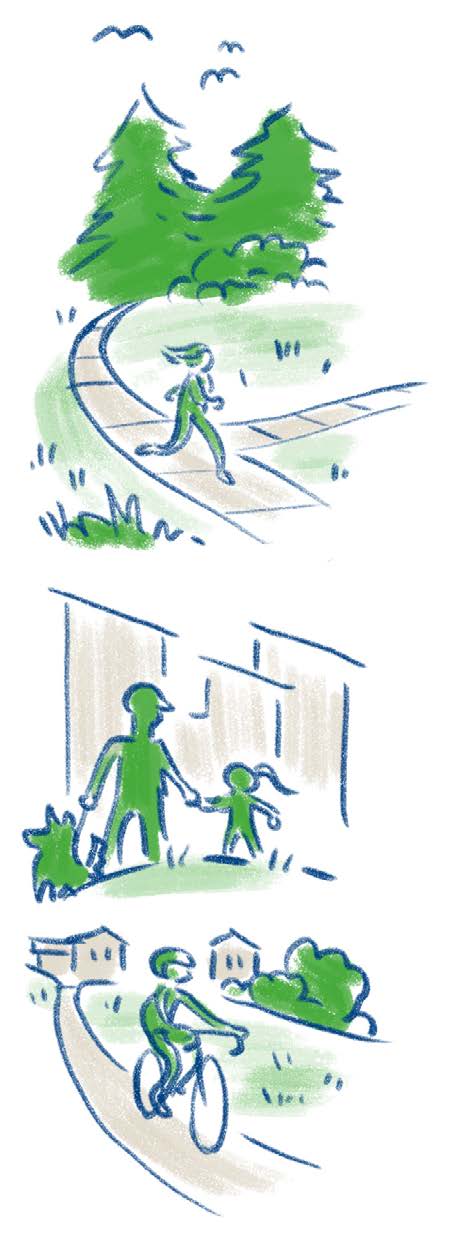
Vision for River Terrace 2.0:
River Terrace 2.0 is a neighborhood for everyone and a complete community. It offers housing opportunities to the full diversity of Tigard’s families and households. This community is made complete by providing space for small businesses and a thriving local economy, a variety of housing options, and accessible parks and open spaces. The transportation system treats all modes equally, with walking and biking trails throughout the community, a road system that emphasizes safety and regional access, and a development pattern that supports an efficient public transit system. Public spaces and parks offer places for the community to gather. Natural areas are protected and enhanced to emphasize habitats and scenic views. Public utilities are designed to maximize cost-efficiency and long-term fiscal sustainability. The costs of necessary infrastructure are shared in an equitable manner.
What's next?
Thank you for your feedback! The final concept plan will be available for review in early April.
Project Contact
Schuyler Warren, Senior Planner with the City of Tigard, 503-718-2437, Schuylerw@tigard-or.gov
Schedule
Late Winter / Early Spring 2021 (We're here!)
- Preferred Alternative: Refine project analysis and technical reports for the preferred alternative.
Early Spring 2021
- Concept Plan Report: Develop the Concept Plan Report to be reviewed by stakeholders.
Late Spring / Early Summer 2021
- Public Adoption Process: Implement final public review / adoption process for the Concept Plan.
Final Questions
Stay Involved!
Sign up for updates on our progress and upcoming opportunities to shape the concept plan. Share your name and email with us below.
Demographics Questions (Optional)
We're asking these questions to help us evaluate the effectiveness of our outreach activities. Answering these questions is completely optional.
.The option to review and submit answers will appear after you answer at least one question.
